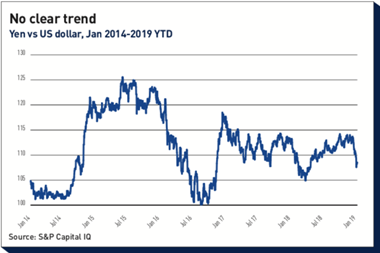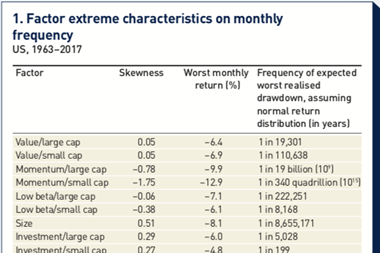New research from Amundi has found that failing to use factor investing techniques for investment grade bond allocations can cost investors potential return.
The study showed that, since the 2008 financial crisis, the behaviour of the euro-denominated investment grade corporate bond market could be explained by a number of risk factors. These include both traditional factors – duration, spread and liquidity risk – and alternative risk factors such as value and momentum.
While factor investing is now a common approach for equities, it is still in its infancy in the bond universe.
The authors of the study – from Amundi’s fixed income platform and quantitative research teams – showed that, over the period 2003 to 2018, the behaviour of the investment grade corporate bond market was better explained by risk factors than by traditional capital asset pricing models. The effect was more marked since 2009, the researchers found.
The study concluded that, by failing to consider these alternative factors, an investor would not capture certain components of potential return in the investment grade corporate bond market.
The authors said a factor-based approach should result in a portfolio with more moderate performance in periods of strong market growth, but with more resilience in periods of sharp market declines than a portfolio managed in a more traditional way.
The study also covered the US dollar universe, finding that value was already a significant factor for active managers from 2003 to 2009, and remained significant from 2009 to 2018.
The authors said that alternative risk factor specifications – mostly coming from their analysis in the euro universe – achieved reasonable results in confirming the existence of the value factor in the US dollar universe.
Jean-Marie Dumas, head of fixed income solutions at Amundi and one of the study’s authors, said: “We have been able to both quantify the behaviour of our alternative factors in credit management, as well as position them into a multi-factor framework integrating traditional factors.”























No comments yet